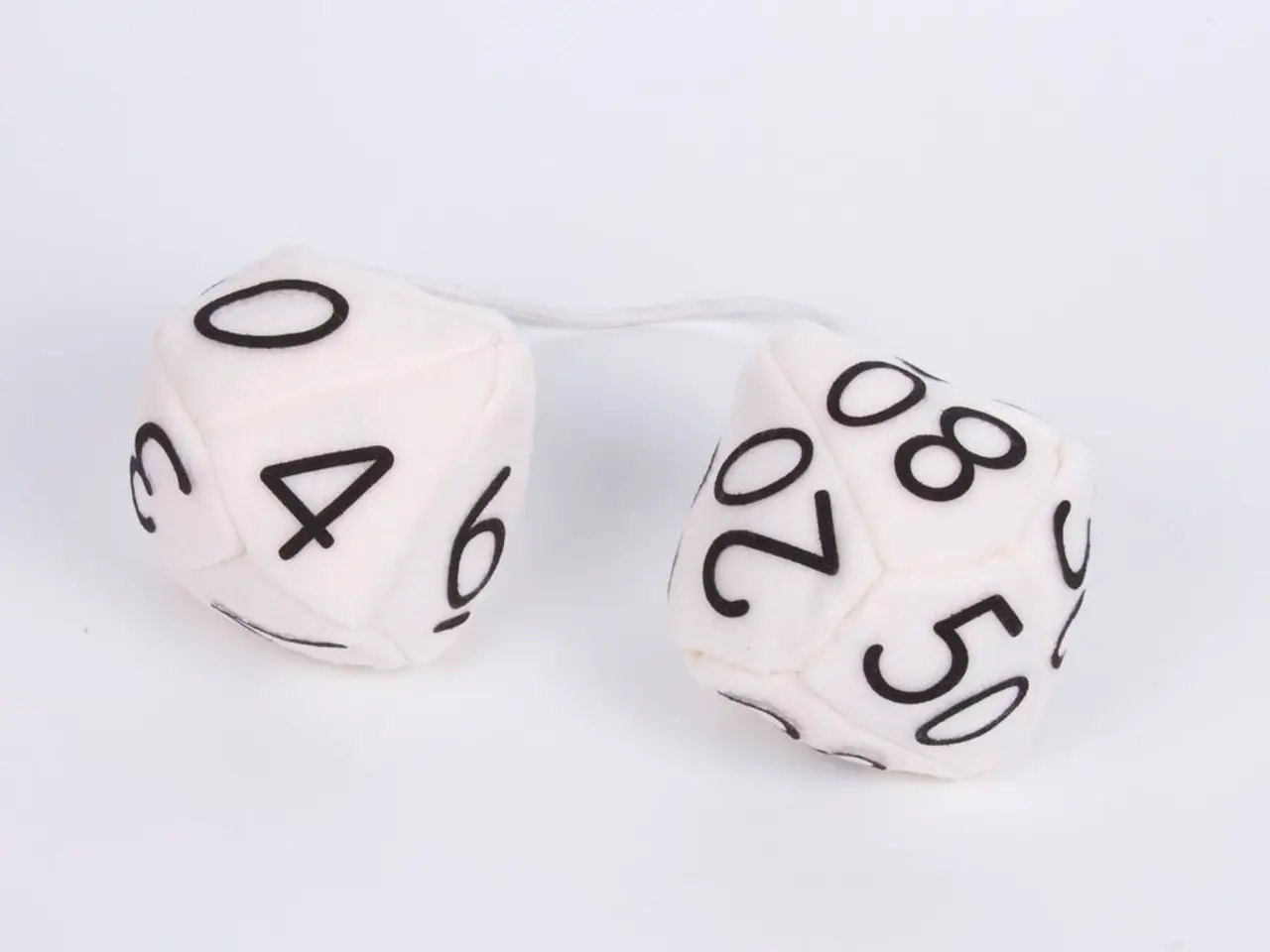Probability Analysis: An Examination of Coin Flips and Dice Rolls
In the realm of mathematics, probability stands as a powerful tool for estimating the likelihood of events and testing hypotheses. It is a measure that ranges from 0 to 1, indicating the possibility of an event occurring. Whether it's the flip of a coin, the roll of a die, or the analysis of complex data sets, probability provides a means to navigate the uncertain world around us.
At the heart of probability lies the concept of combinatorics, which helps us understand the number of possible outcomes in a given scenario. This science of counting is essential in problems involving arrangements and selections, and it has numerous practical applications in statistics, probability, and combinatorics.
In a fair game, all outcomes are equally likely to happen. For instance, a standard die has six sides, each with a different number from one to six, ensuring an equal chance of landing on any number. Similarly, a fair coin, with two sides, heads and tails, offers an equal chance of landing on either side.
Probability is not confined to games but extends to real-life decision-making. It can guide us in making informed choices by revealing the likelihood of different outcomes. For example, it can help us analyse games of chance, such as rolling dice or flipping coins, or predict the likelihood of specific outcomes in games of skill, like poker.
Moreover, probability forms the foundation of statistical analysis, helping to make sense of data and draw meaningful conclusions. It can illuminate the risk and reward associated with various investment options, providing a valuable tool for financial decision-making.
Simulations, powered by probability, can offer a glimpse into the future, predicting trends and likely outcomes. By calculating the probability of multiple outcomes, we can make informed decisions and prepare for various scenarios.
The formulas for calculating the number of possible outcomes, permutations, and combinations are fundamental in counting problems. For example, the total number of possible outcomes when selecting or arranging \(r\) objects out of \(n\) with repetition allowed and order important is \(n^r\). The formula for permutations, where repetition is not allowed, is \(P(n, r) = \frac{n!}{(n-r)!}\), and for combinations, where order does not matter, is \(C(n, r) = \frac{n!}{r!(n-r)!}\).
In conclusion, probability is a versatile tool that unlocks hidden truths within the vast sea of data surrounding us. By understanding the principles of probability and combinatorics, we can make informed decisions, predict trends, and navigate the uncertain world more confidently. Whether it's in games of chance or real-life decision-making, probability offers a valuable guide for understanding the likelihood of events and making informed choices.
Embracing the concepts of combinatorics, which is a crucial component of probability, can enable us to excel in online education platforms focused on education and self-development, where problems involving arrangements and selections are common.
Lifelong learning about probability can foster essential skills, such as decision-making, statistical analysis, and risk assessment, all of which are vital in today's interconnected world, both in games and real-life situations.




